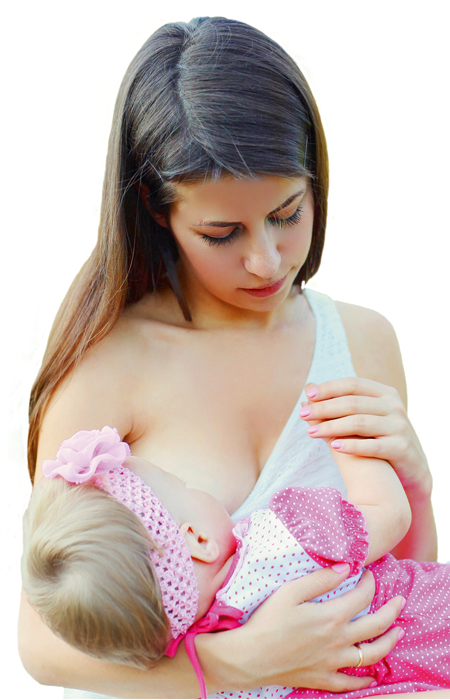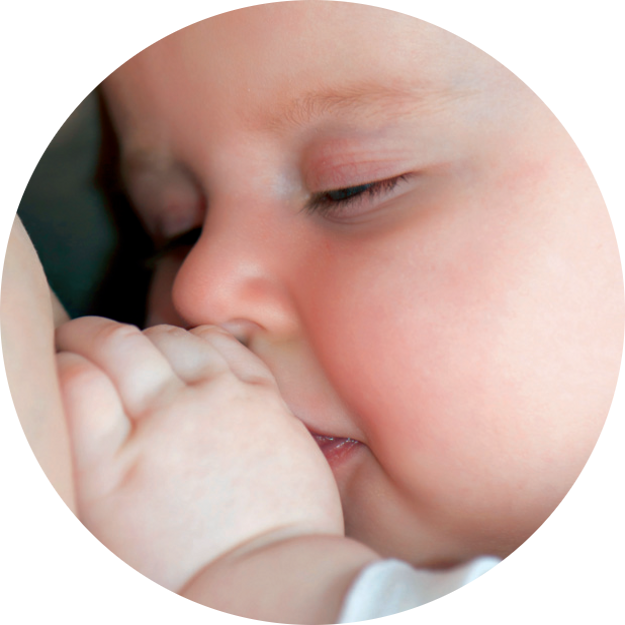Why some mums don't breastfeed
In Breastfeeding
Follow this topic
Bookmark
Record learning outcomes
Unfortunately, some mums cannot €“ or choose not to €“ breastfeed
 Circumstances when a mum may not breastfeed include if she:
Circumstances when a mum may not breastfeed include if she:
- Is being treated with drugs which are secreted in breast milk (e.g. anticoagulants, anticonvulsants, narcotics, barbiturates or steroids)
- Has the Human Immunodeficiency Virus (HIV)
- Is taking antiretroviral medication
- Has untreated, active tuberculosis
- Is infected with human T-cell lymphotropic virus type I or type II
- Is using or is dependent upon an illicit drug
- Is taking prescribed cancer chemotherapy agents (e.g. antimetabolites) that interfere with DNA replication and cell division is undergoing radiation therapy.
Some mothers cannot breastfeed because of physiological problems that cannot be overcome, while others don't wish to breastfeed for religious or cultural reasons. Plus, there will be some mums who will just not want to breastfeed or who find it too difficult.
Reasons for stopping
Many mums start breastfeeding after their baby's birth and then stop either days or weeks later. Some of the reasons for stopping breastfeeding include:
- Not producing enough milk or the milk taking too long to 'come in': babies may not be satisfied after breastfeeding, especially if the mature milk is delayed
- Illness: if the mum has an underlying illness or had a difficult birth, it can make it hard to establish breastfeeding
- Returning to work: this can prevent breastfeeding during the day (unless mum expresses milk).
Common breastfeeding problems
The success of breastfeeding often lies in how the baby latches on to the mother's breast. Unfortunately, this doesn't always happen and breastfeeding problems can occur. It can be hard for mums to ask for advice, but tackling problems quickly will give mum more time to enjoy her baby's early days. And in some cases, the solution is as simple as changing the feeding position.
Be familiar with how a baby should latch on and point mums to other services, such as health visitors, local breastfeeding groups and resources, including a video available via NHS Choices.
Painful or cracked nipples
Some breastfeeding mums may find that their nipples become sore and painful while they are feeding their baby. If this happens, firstly advise mum to take the baby off the breast and start again. Putting up with the pain can make things worse. Advise mum to check that her baby is in the correct position to latch on properly.
Other tips include drying the nipples carefully after feeding and keeping a dry breast pad in place until the next feed. Creams and ointments that are applied to the nipples between feeds (e.g. Kamillosan €“ GSL chamomile ointment or Lansinoh or Purelan €“ lanolin) and heated or chilled gel pads can also offer relief. Nipple shields or protectors can be used during feeds to prevent sore nipples becoming worse.
Sore breasts

If a mum is producing more milk than her baby needs, her breasts can become tender and feel heavy. Advise mums to feed their baby as regularly as they can and suggest they express some milk before a feed. Mums should also check the fitting of their bra to ensure it is not too tight.
Hard or lumpy breasts
If a mum is producing more milk than her baby needs, her breasts can become tender and feel heavy. An over-supply of milk can also happen if baby is not well attached (making it hard for them to take the milk), if the breast is not fully drained during a feed, or if a feed is missed.
Advise mum to feed her baby as regularly as she can and suggest she expresses some milk before a feed. Mum should also check the fitting of her bra to ensure it is not too tight.
Hot or painful breasts
Blocked milk ducts can cause a mother's breasts to become hard or lumpy, also known as engorgement.
This needs to be treated quickly by draining the breast (by feeding or expressing milk). A mum should feed her baby 'on demand' and try to massage the lumps towards the nipple during feeds. She can also massage the lumps while in the shower and should ensure underwear is not pressing into the breast. A warm flannel can also be applied to the breasts to soften the lumps.
Mums may also need to be shown feeding positions that empty different parts of the breast €“ suggest they contact a breastfeeding counsellor, who will be able to help with this.
Mastitis
If a mum has painful, red or swollen breasts along with flulike symptoms (e.g. fever or aches), she may have mastitis (inflammation of the breast). This condition can lead to an infection. Mastitis can occur two to four weeks after giving birth, and affects one in 10 breastfeeding women.
Mastitis can happen suddenly and get worse very quickly. It's important for mum to carry on breastfeeding, as this helps to speed up recovery. Mums can also be advised to:
- Check the attachment of baby at the breast
- Feed baby more often
- Let baby feed on the tender breast first
- Hand express some milk to relieve the fullness
- Place warm flannels on the breast or have a bath or shower before a feed
- Gently stroke the lumpy or tender area towards the nipple when baby is feeding to help the milk flow
- Get as much rest as possible
- If possible, take a painkiller such as paracetamol or ibuprofen. If there is no improvement within 12-24 hours, or symptoms get worse, mums may need to see a GP for a course of antibiotics.
Some of these difficulties can be overcome with help and support. Mums should be encouraged to breastfeed for as long as possible. Information, advice and support are widely available to help mums prolong breastfeeding (see some useful websites in the benefits of breastfeeding section).
Useful websites
- Aptamil Professional: supporting mothers to continue breastfeeding
- SMA: mastitis.
